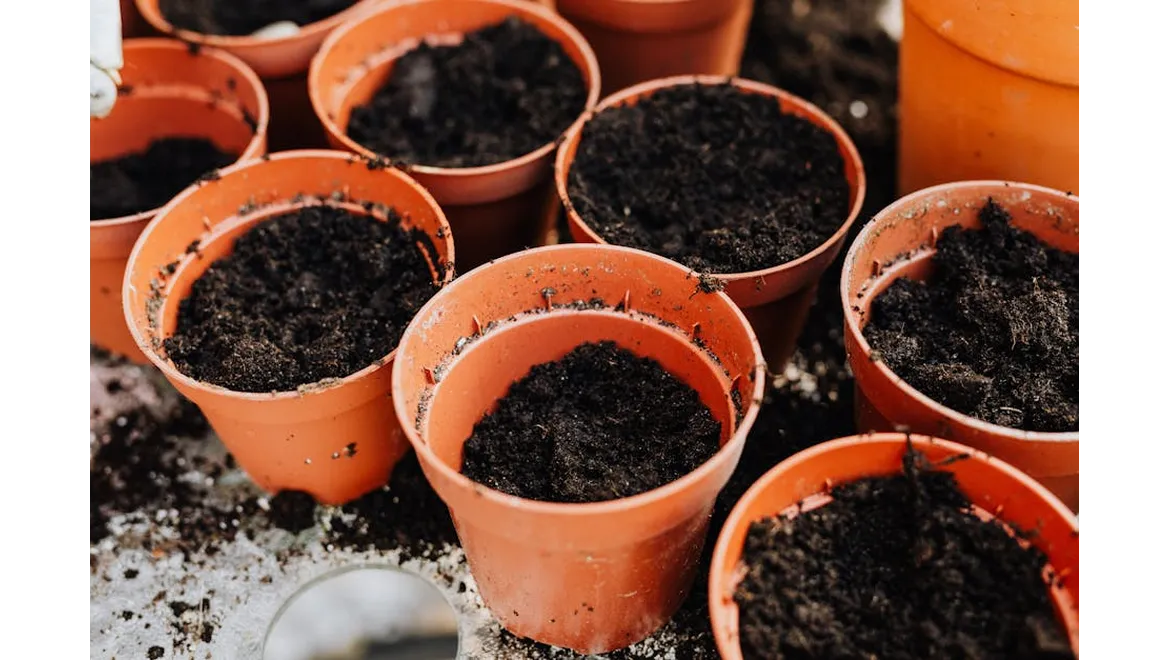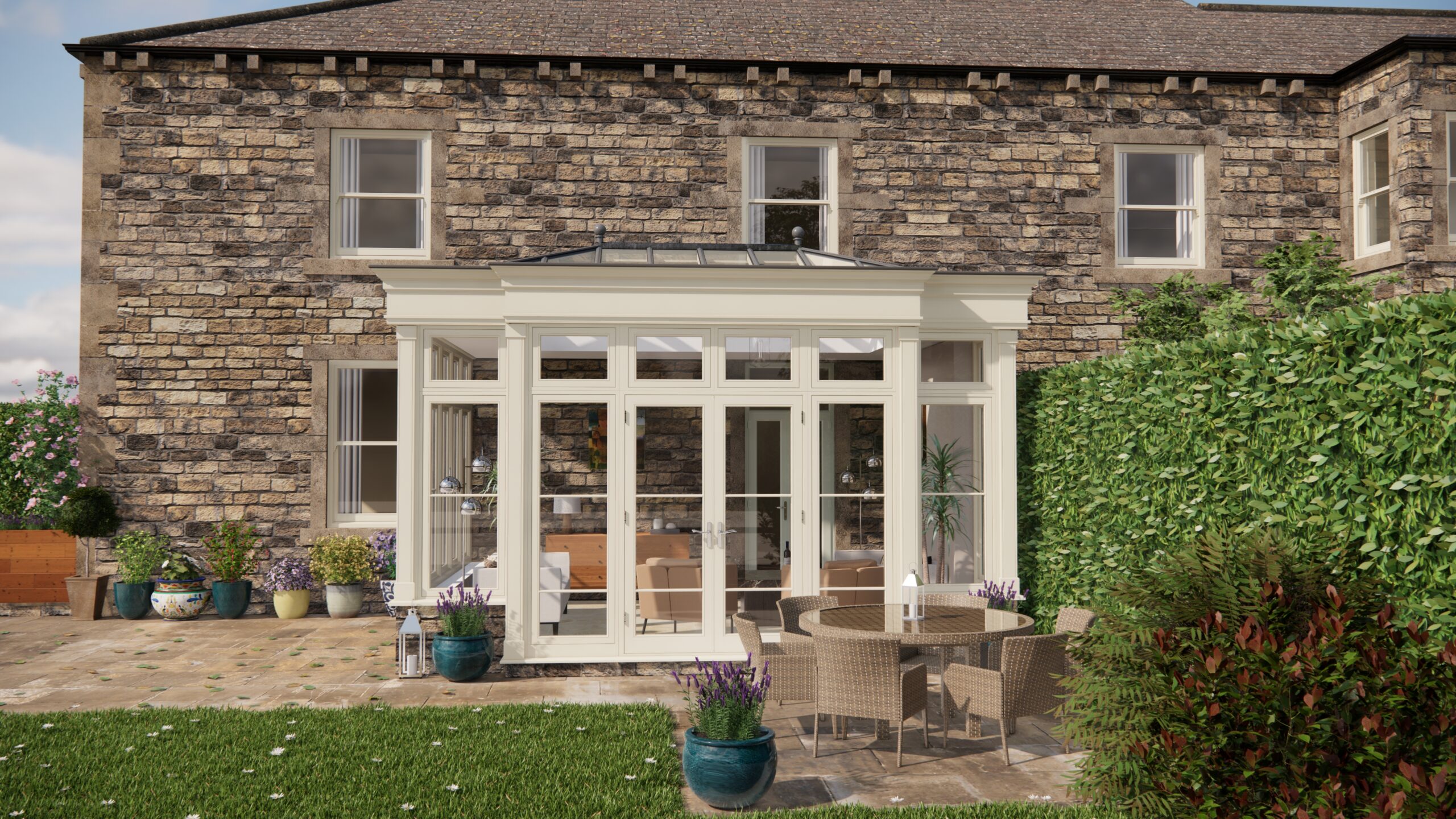Right, let’s talk about making our gardens a little kinder to the planet. I was having a cuppa with my friend Ellis the other day, a real gardening enthusiast, and we got chatting about all things sustainable gardening here in the UK. It turns out she’s been diving deep into the world of ‘Zero Waste Gardening,’ focusing on articles covering everything from water conservation to ditching harmful chemicals. Of course our conversation started where all good gardening conversations end, in the orangery admiring the plants. She’s got a fantastic orangery, absolutely brimming with life, so it made the perfect backdrop for our chat about eco-friendly practices. It really does enhance the enjoyment of her garden, extending the growing season and providing a stunning view, come rain or shine, of the garden beyond.
Ellis had been particularly inspired by articles discussing reducing waste in the garden. “It’s amazing how much we throw away without even thinking,” she said. She’d started by tackling plastic seed trays. “I now use old mushroom containers, washed out thoroughly of course, or even egg cartons for starting seedlings,” she explained. “They work brilliantly, and when the seedlings are ready to go into the ground, the cardboard egg cartons can even be planted directly, reducing root disturbance and adding nutrients to the soil as they break down!” That was a real ‘aha’ moment for me. Think of all those plastic trays we buy every year!
We then moved onto raised beds. Ellis showed me her raised beds, constructed from reclaimed scaffolding boards. “They were destined for the skip,” she exclaimed, “but with a bit of elbow grease, they make perfect, sturdy raised beds. I lined them with old cardboard to suppress weeds before adding my compost.” This got me thinking about how easily pallets, old tyres, or even unwanted bricks could be repurposed. The key, she stressed, is to check any reclaimed materials are safe for use, avoiding anything that might leach harmful chemicals into the soil.
Ellis is also a champion of natural weed barriers. “Forget the chemical weed killers!” she declared. “Layers of cardboard or newspaper, thoroughly soaked in water, are incredibly effective at smothering weeds. Just cover them with a layer of mulch, like wood chips or compost, to make them look tidy.” I had tried that once but not soaked the newspaper enough, it blew away. Soak it, soak it, soak it!
Seed saving is another area where Ellis excels. “It’s so rewarding to save seeds from your favourite plants and flowers,” she said. “It reduces the need to buy new seeds every year, and you’re preserving the genetic diversity of your plants.” She showed me her carefully labelled seed packets, each containing seeds collected from her own garden. The process, she explained, is straightforward: allow the flowers or pods to dry fully on the plant, then harvest the seeds on a dry day. Store them in a cool, dark, and dry place until the following spring. She also cautioned about hybrid plants, their seeds might not produce identical plants to the parent.
Ellis then demonstrated making seed bombs, a fun and practical way to use up recycled paper. It involves blending recycled paper with water to create a pulp, then mixing in seeds (wildflower mixes work best) and clay. The mixture is then formed into small balls and left to dry. These seed bombs can be scattered in bare patches of garden or even thrown into areas that need a bit of greening up. They are a great way to encourage biodiversity.
Finally, we talked about avoiding single-use plastics when buying gardening supplies. “It’s becoming easier to find peat-free compost in paper bags,” Ellis pointed out. “And I always try to buy tools that will last a lifetime, rather than cheap plastic ones that break after a season or two.” She also recommends supporting local nurseries and garden centres that are committed to sustainable practices. By focusing on ethical sources, you can reduce your impact on the environment.
So, what did I learn from my chat with Ellis? Embracing sustainable gardening practices doesn’t have to be complicated or expensive. It’s about being mindful of the resources we use, finding creative ways to reuse and recycle materials, and avoiding harmful chemicals. By using recycled containers, repurposing old materials, creating natural weed barriers, saving seeds, and avoiding single-use plastics, we can all make a difference in our gardens and contribute to a healthier planet. Even a small shift can really add up to make a difference.


